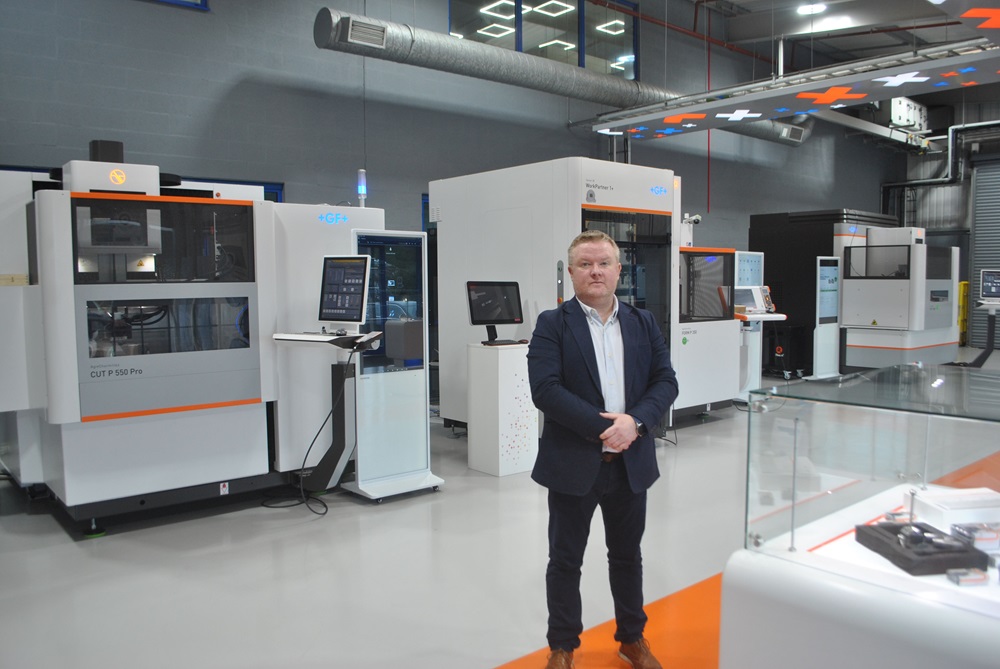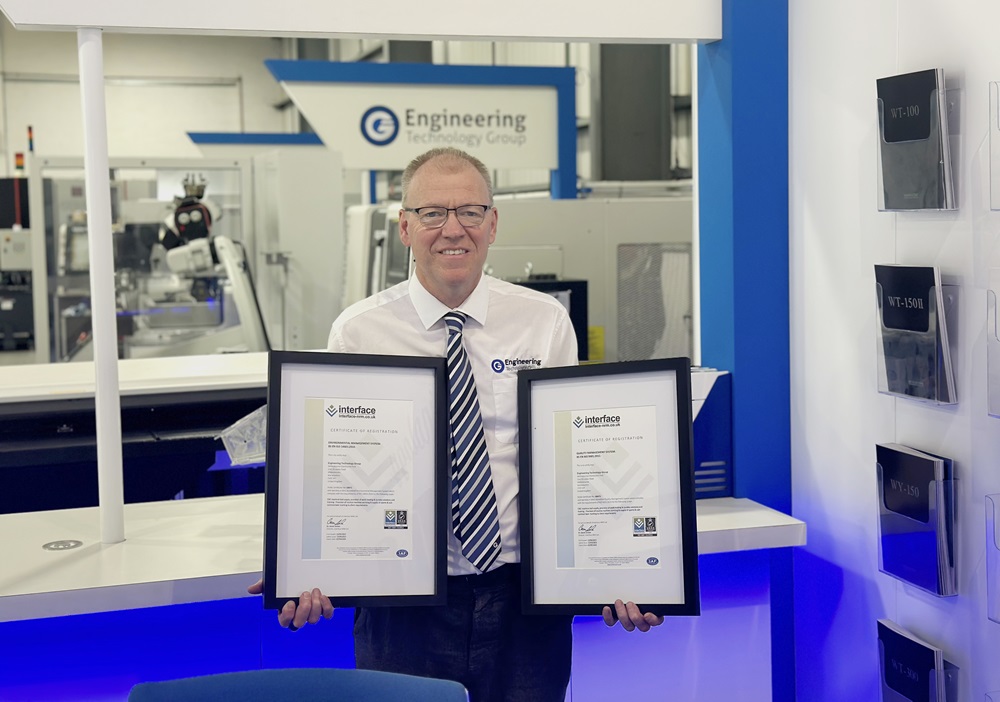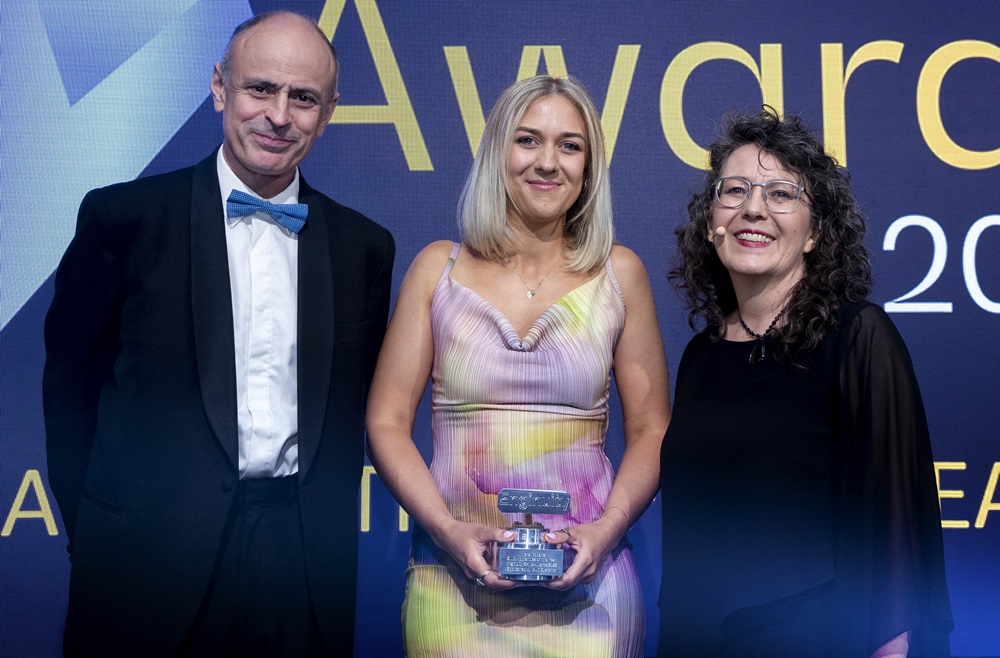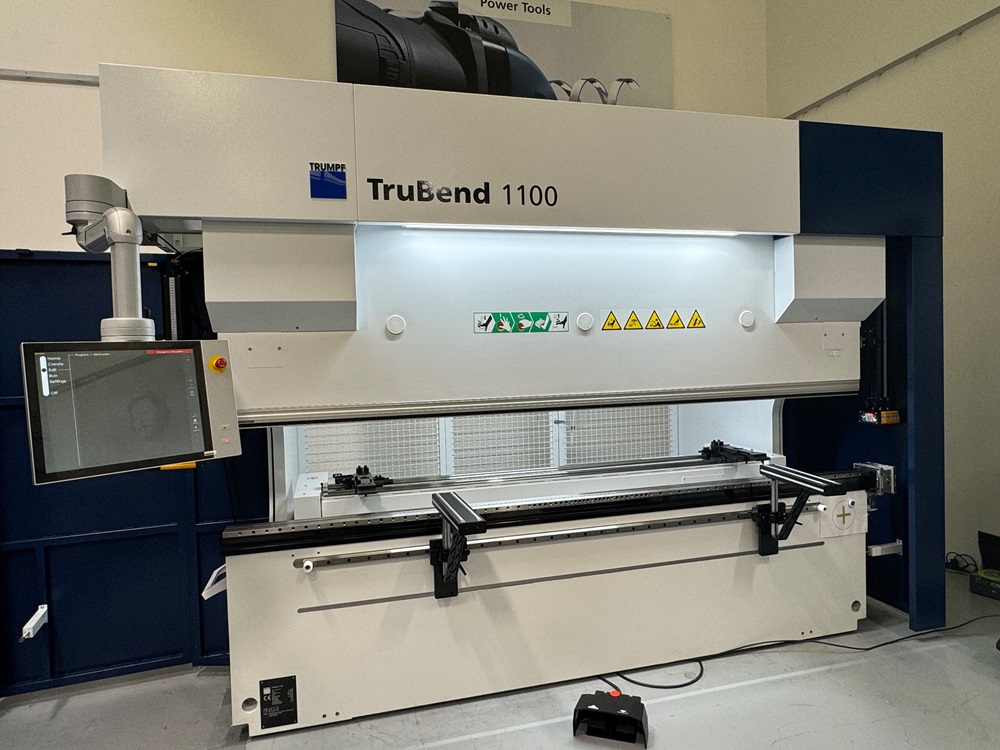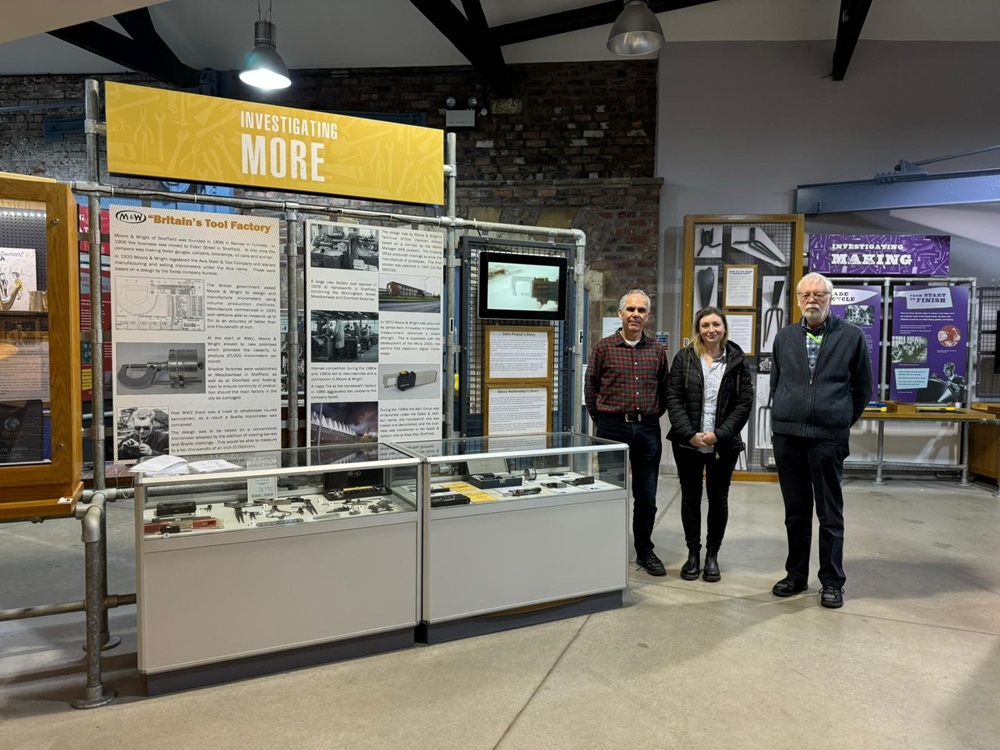GF Machining Solutions, a milling, EDM, laser and additive manufacturing machine and automation systems supplier, has appointed Gary Purcell as its new sales manager for the whole of Ireland (Republic and North). Purcell was previously applications engineering manager at Waterford-based Schivo Medical, a contract manufacturer specialising in the medical device and life sciences sectors. Although already established as a key partner with Irish medical component manufacturers, Ireland’s med-tech sector provides GFMS, through its latest appointment, with significant business opportunities.
For further information www.gfms.com






